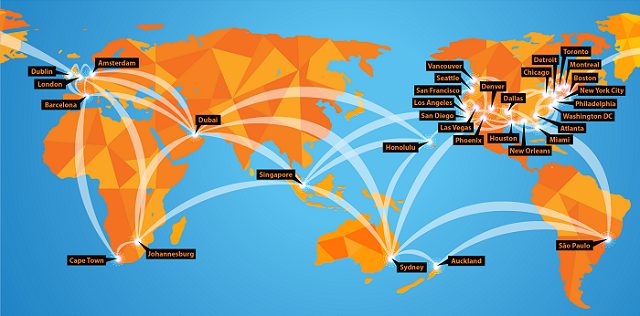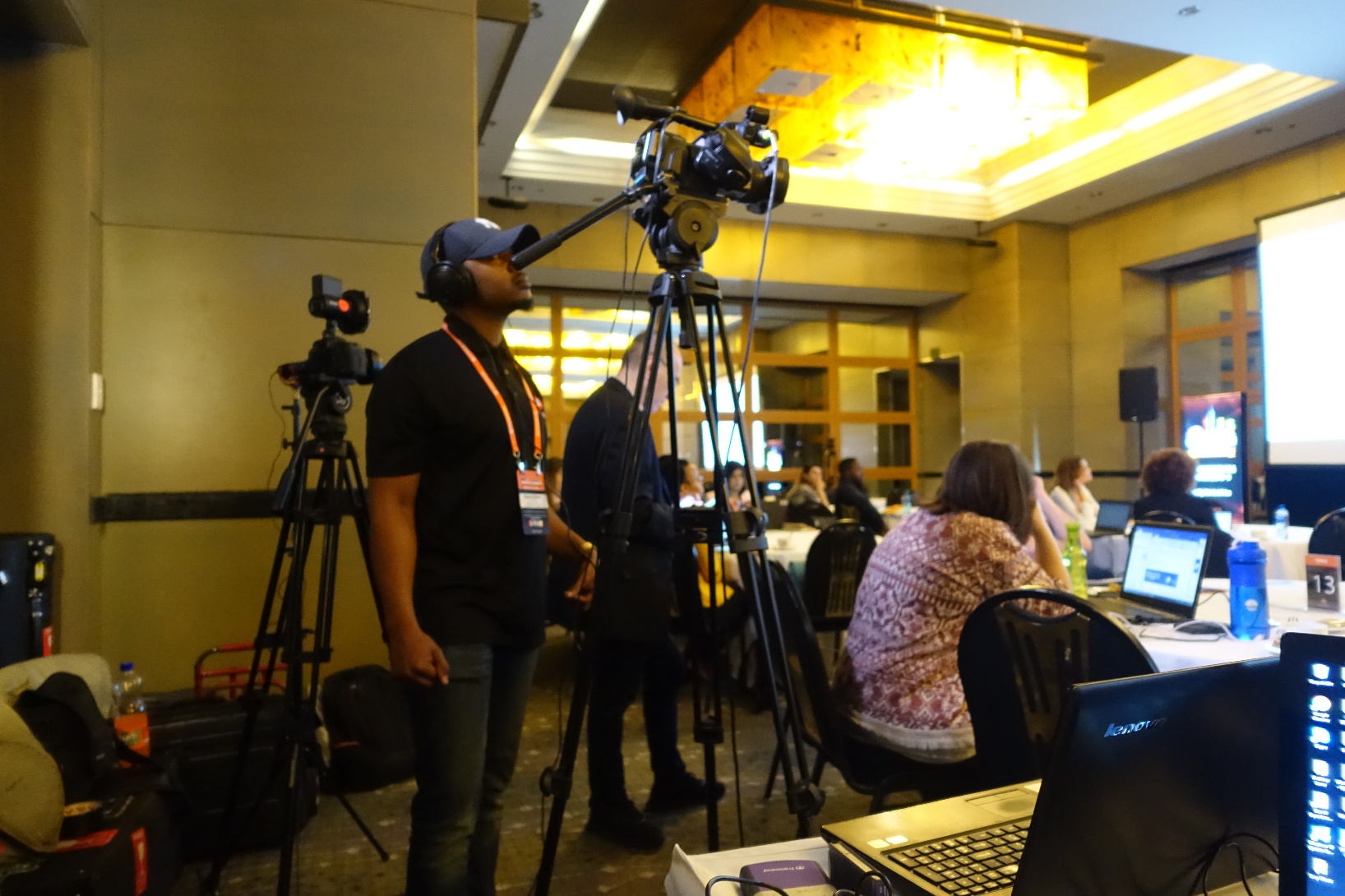Everything You Need to Know About Behavioral Segmentation [+ Examples]
By Olivia Deng
Do you ever ask yourself why you act the way you do? Like why you venture out during a snowstorm to get an iced coffee?
For marketers, behavioral insights are not only interesting but key for understanding their audience, going beyond demographic and geographic data.
In order to understand your audience’s behaviors, marketers can implement behavioral segmentation, an analysis that groups prospects and customers into different segments based on how they behave.
Behavioral segmentation is a part of behavioral marketing, a set of methods to collect and analyze consumer behavior data to segment and target audiences with laser-like precision.
In this post, we will go over:
- What is behavioral segmentation
- Why marketers need behavioral segmentation
- Four types of behavioral segmentation
- Behavioral segmentation examples
With behavioral segmentation, marketers can gain a more comprehensive understanding of their audience’s motivations and needs, resulting in better tailoring of products and services to their customers.
Behavioral segmentation is interesting because it intersects with psychology — when we think about how someone behaves and why, we naturally think about their psychological motivations.
However, behavioral segmentation is distinct from psychographic segmentation.
Psychographic segmentation is rooted in lifestyles, interests, values, and even personality traits. Behavioral segmentation is about how a customer interacts with a brand and their products or services.
For example, marketers can segment people based on website behaviors like clicks, page views, social shares, and media plays.
Why Marketers Need Behavioral Segmentation
Marketers need behavioral segmentation for learning about how prospects and customers are likely to use the business’ products and services and their level of engagement. Behavioral segmentation also fosters cross-functional collaboration between the marketing and product teams, helping them align messaging.
Identify Engaged Users
Behavioral segmentation helps marketers identify the most engaged users. It would be a waste of marketing budget and time to try to engage cold leads. By analyzing behavior like opens and clicks, marketers can cut through the noise and allocate efforts to engaging users who are already interested and likely to convert.
Personalize User Experiences With Your Brand
HubSpot’s Behavioral Targeting tool helps you personalize messages.
Generic messages will not get the goods. Providing personalized experiences will go a long way for your brand. Behavioral segmentation helps you learn about your audience’s needs, enabling you to customize your messaging so that you’re making relevant offers. Tools like HubSpot’s Behavioral Targeting tool can help by enabling marketers to personalize marketing outreach at scale.
Retain Customers
You’ve done all the hard work converting leads into customers. …read more
Source:: HubSpot Blog


























